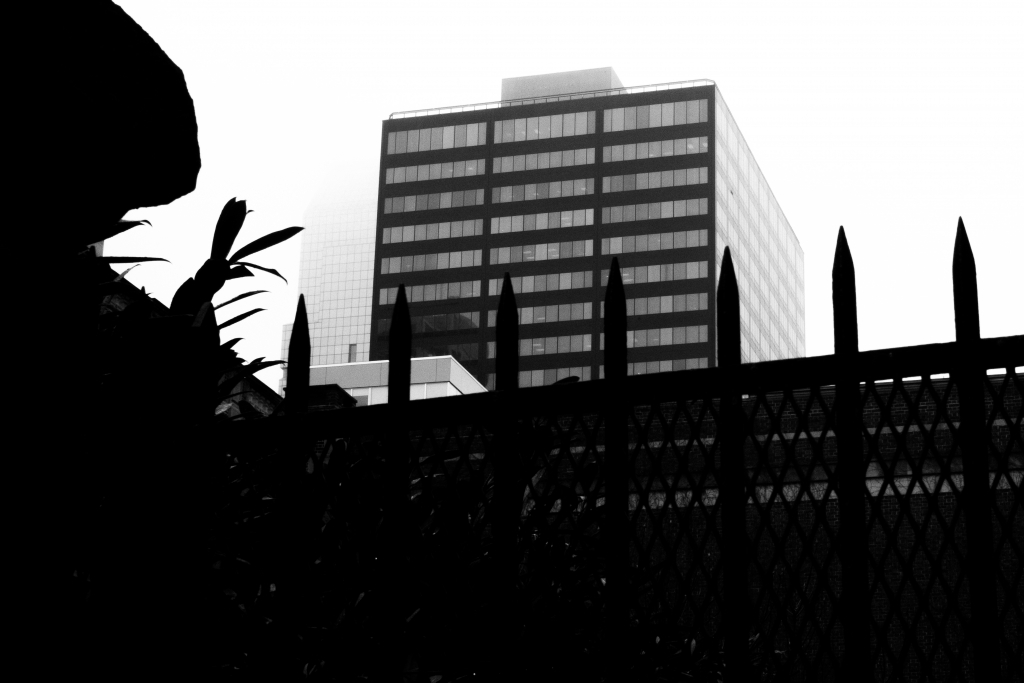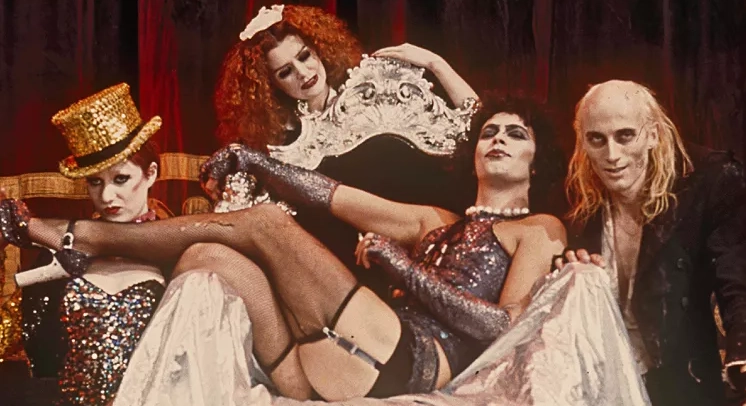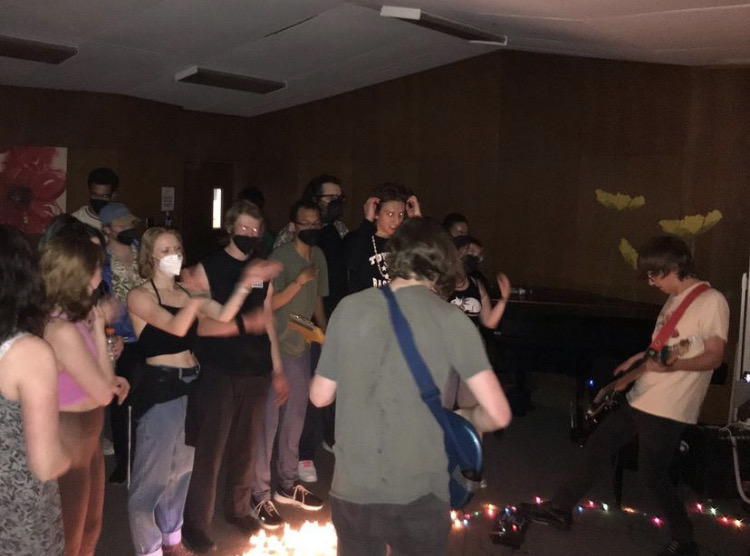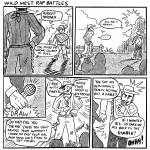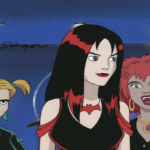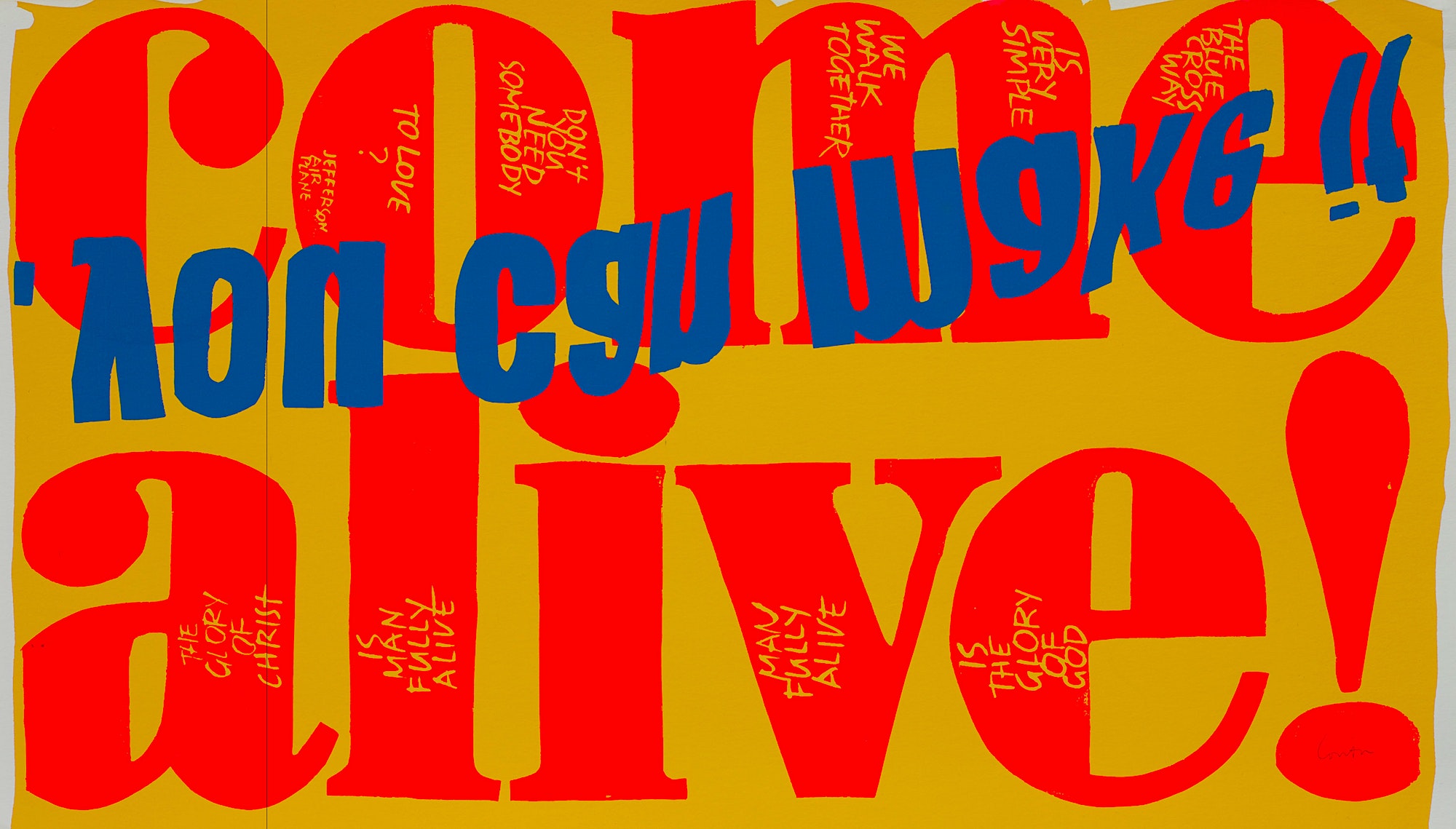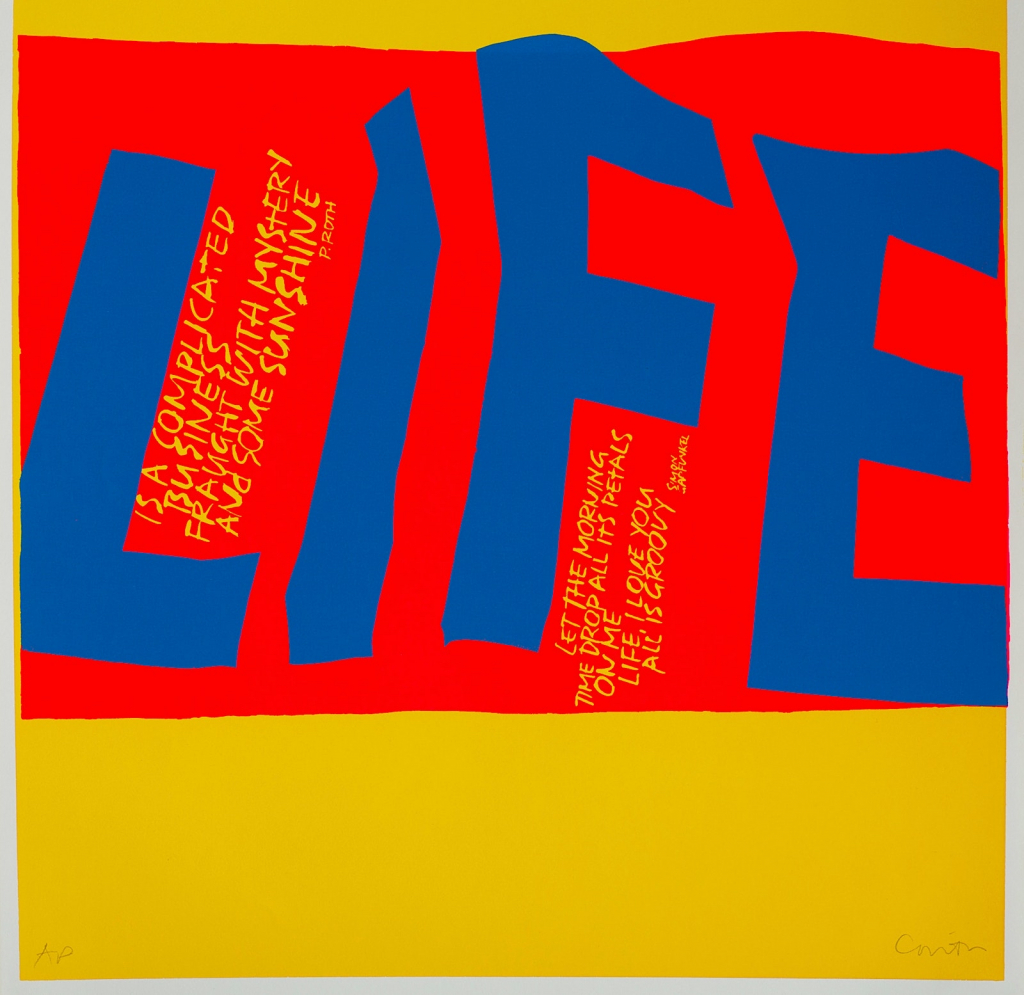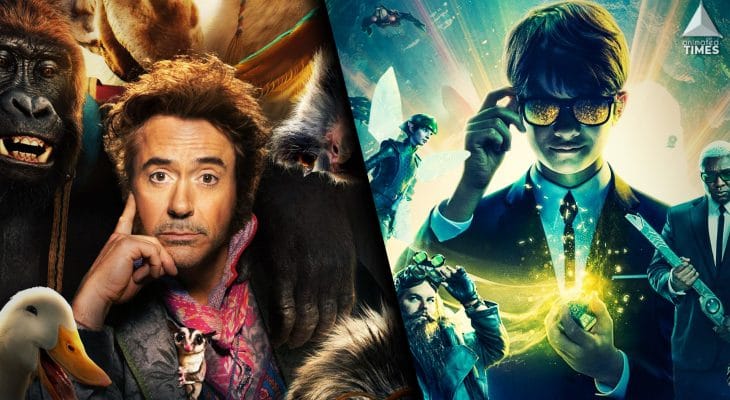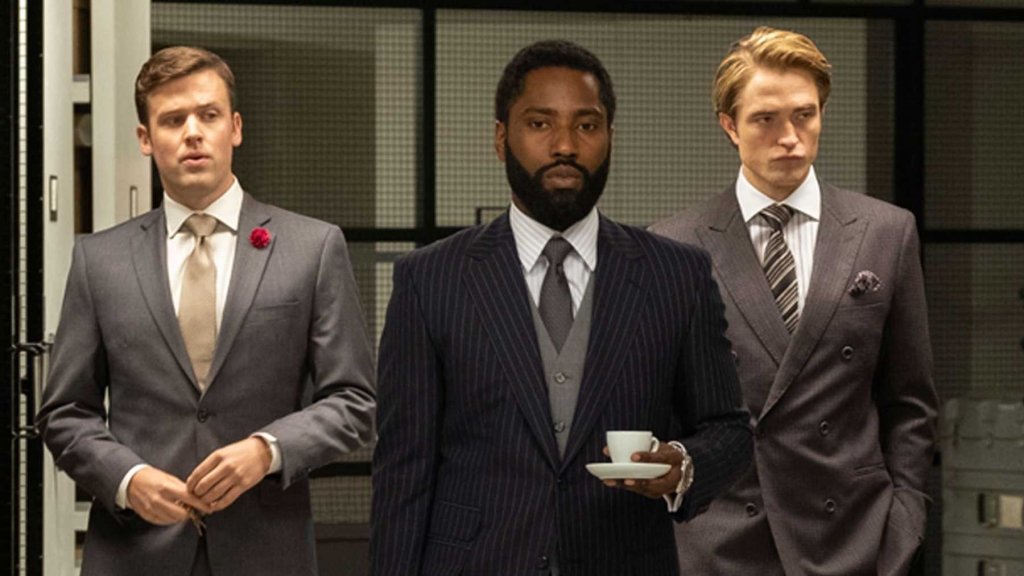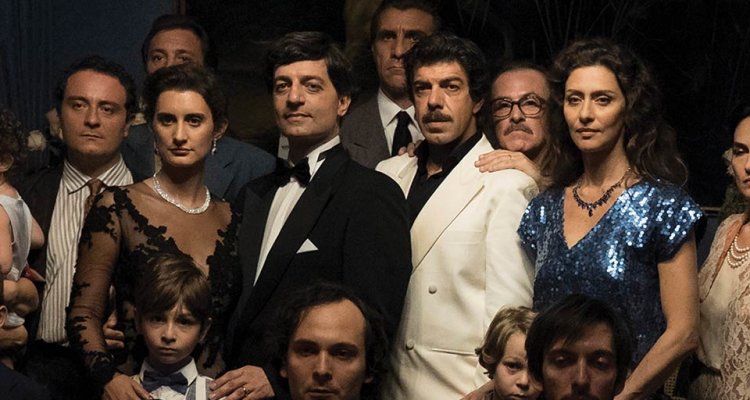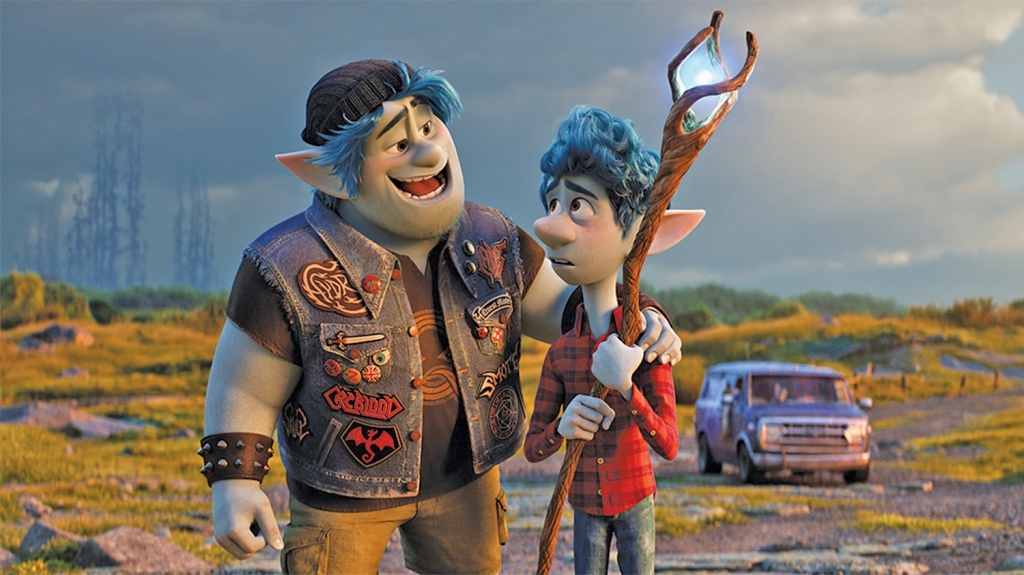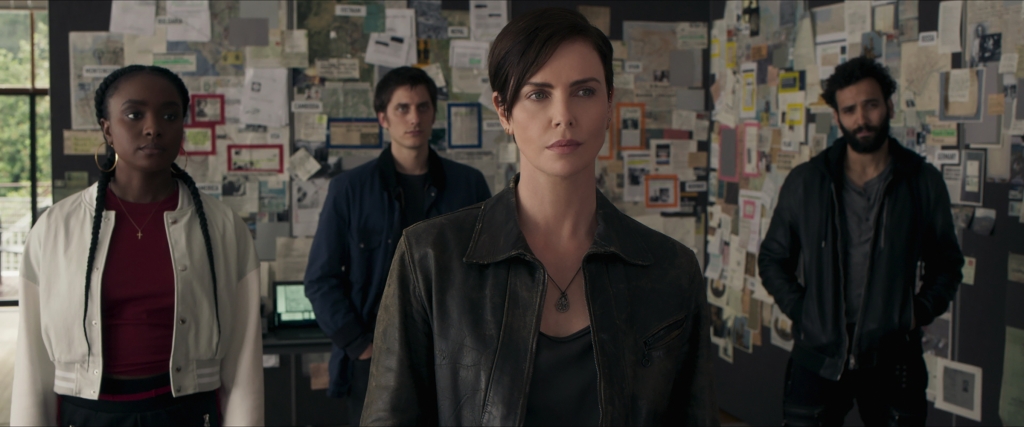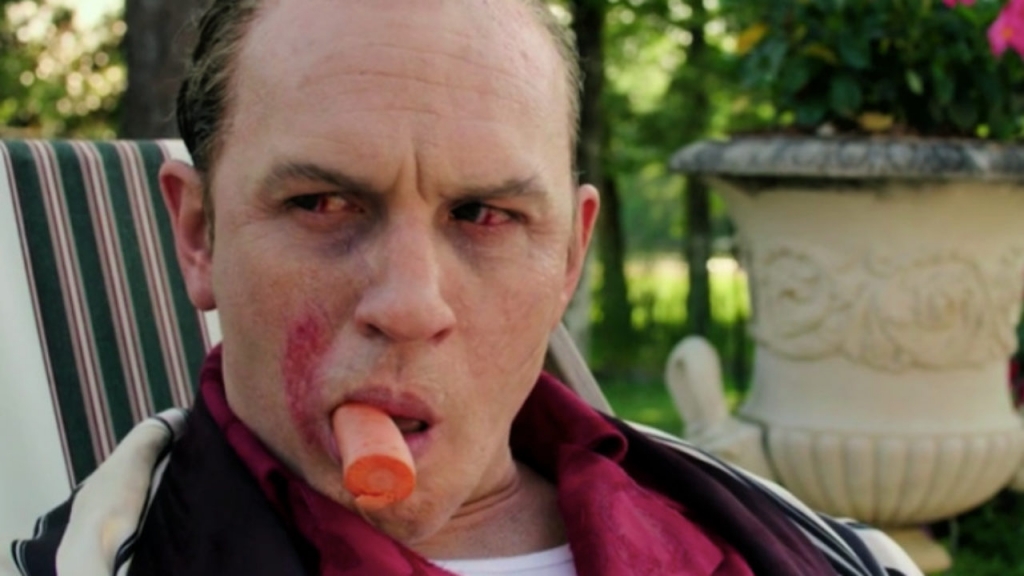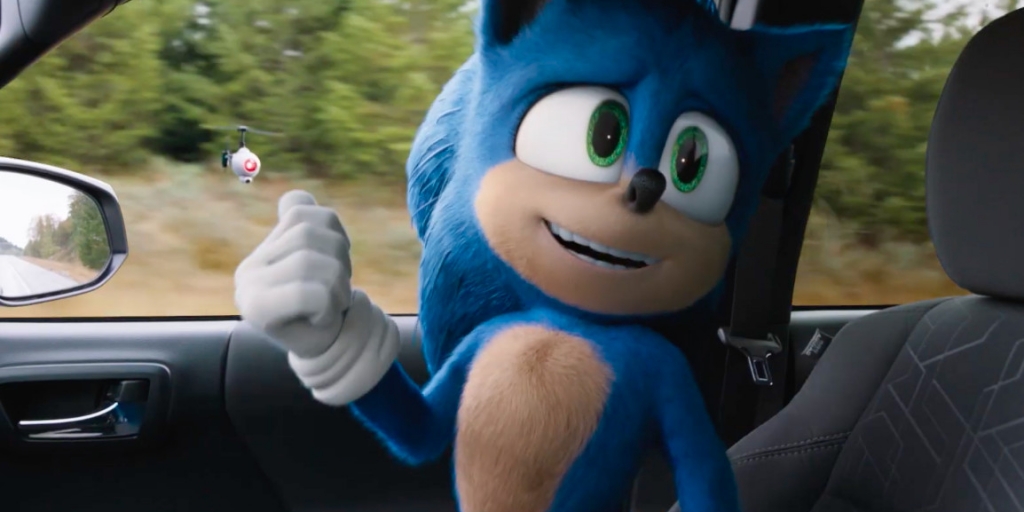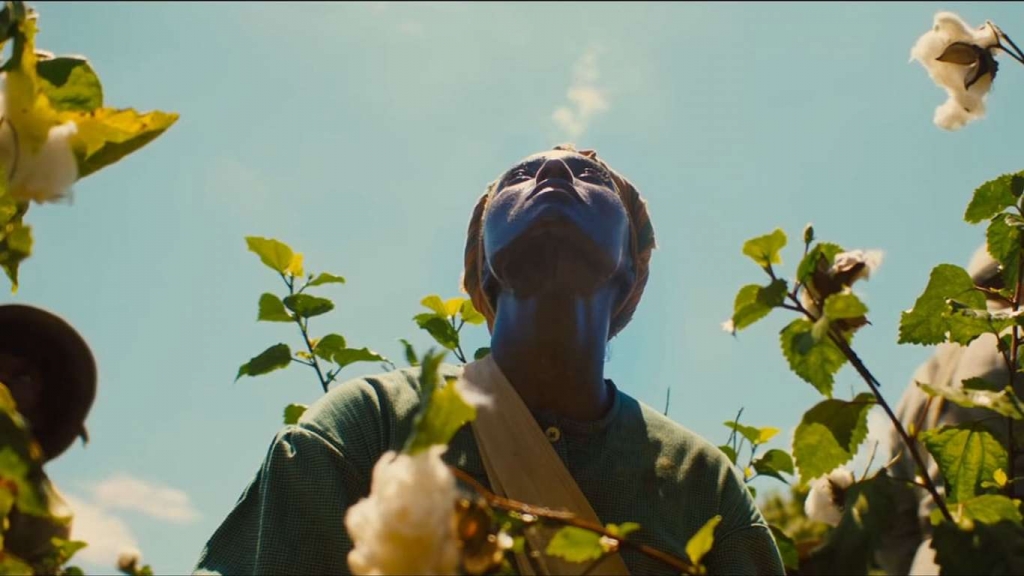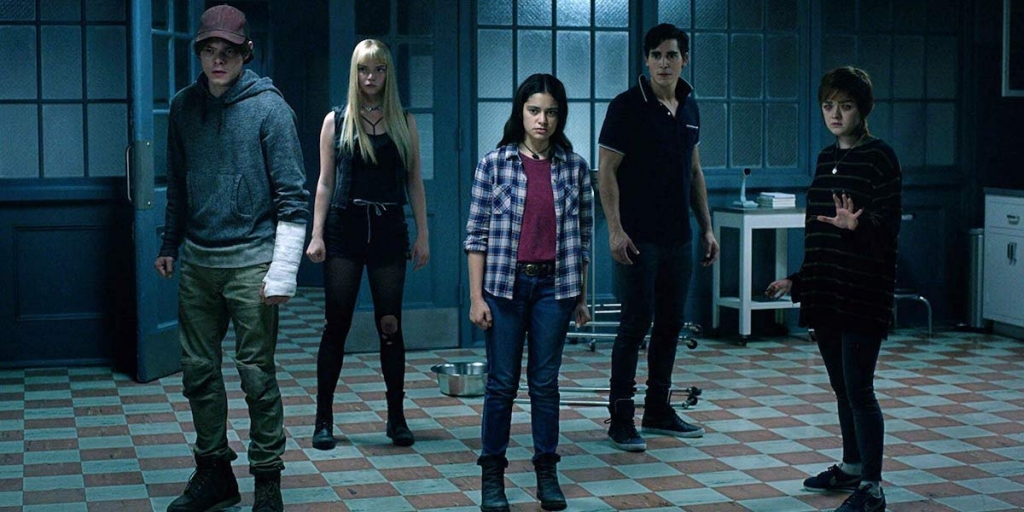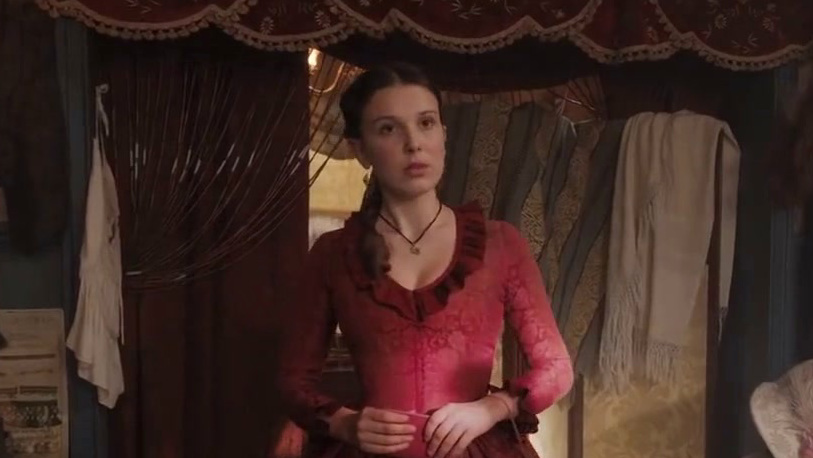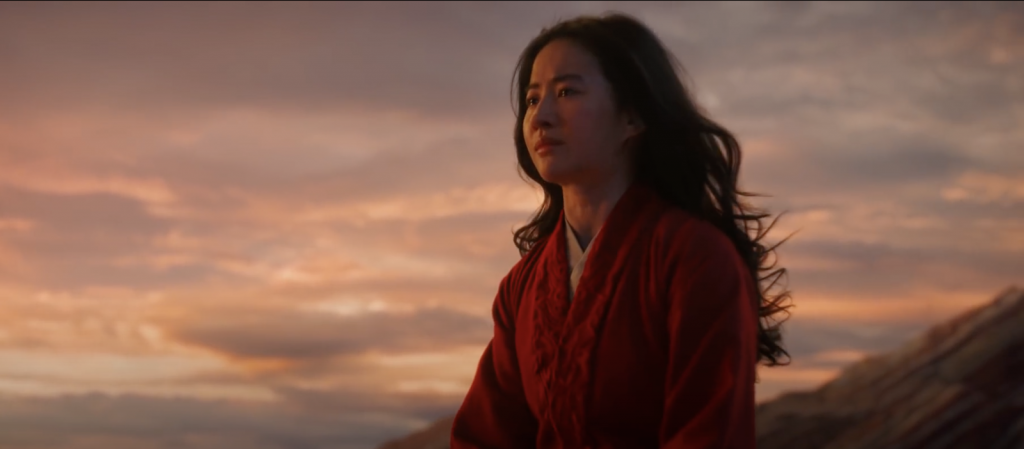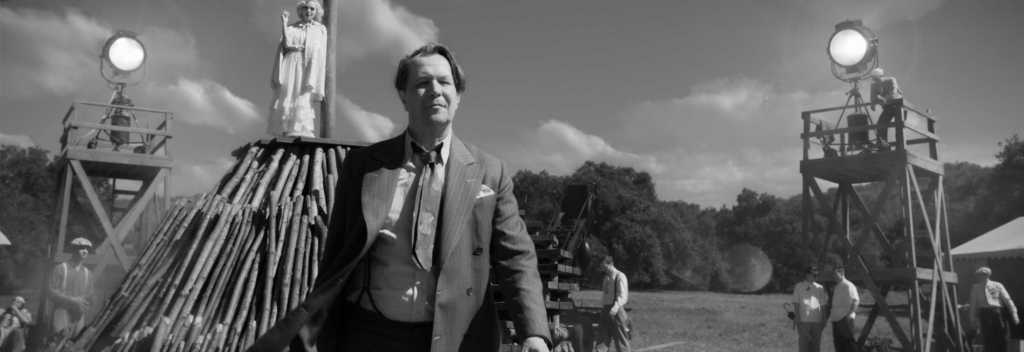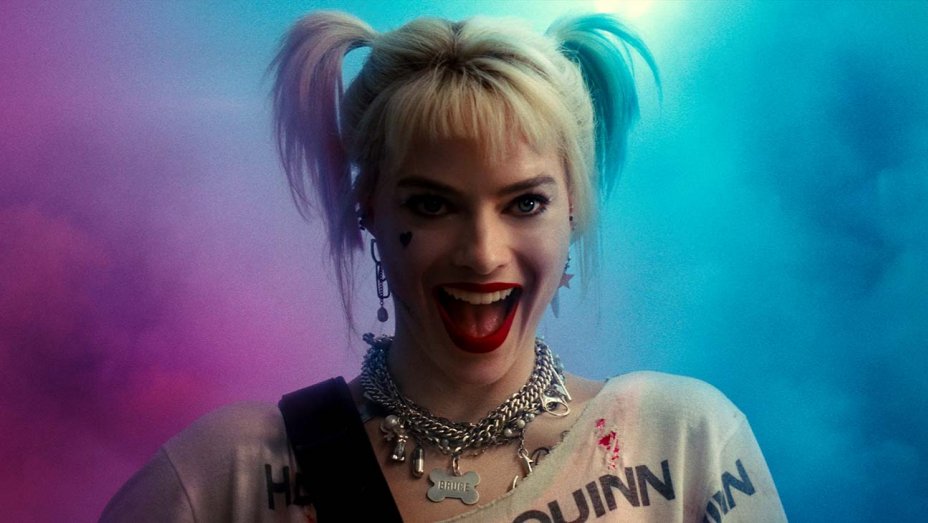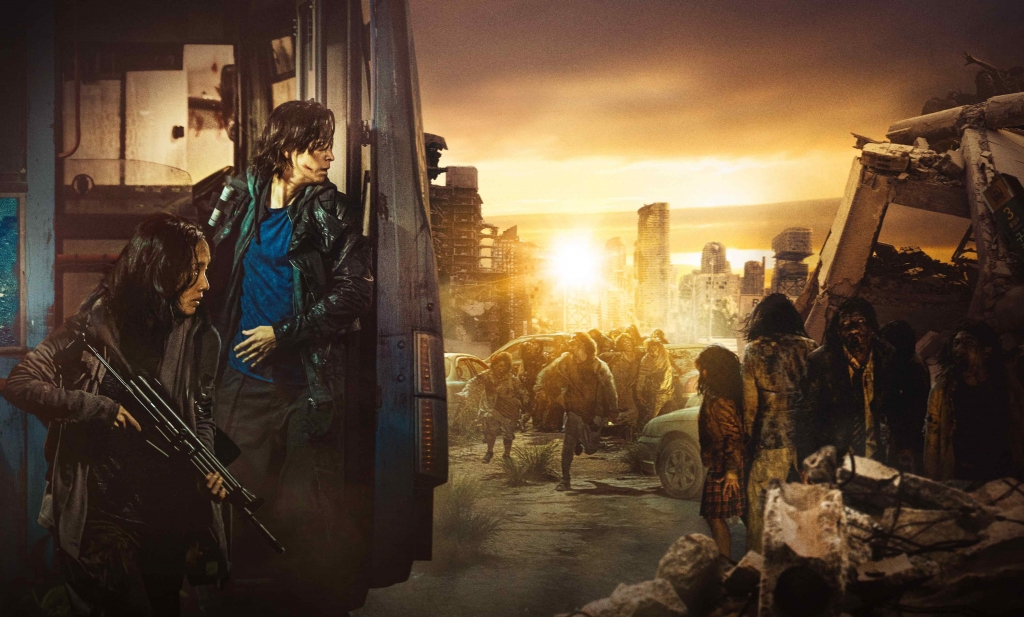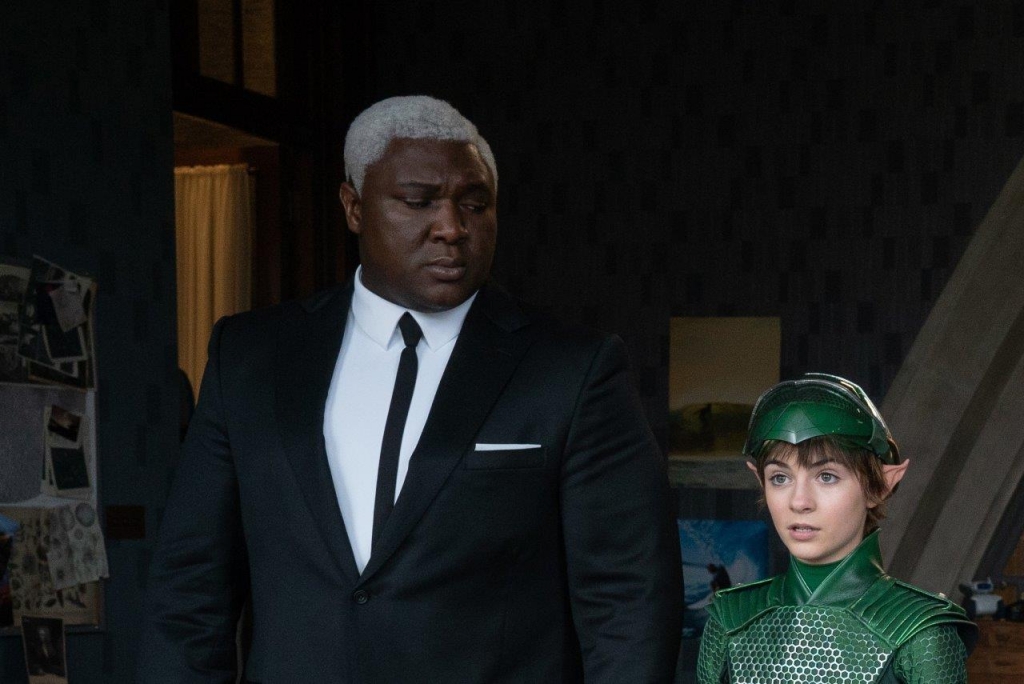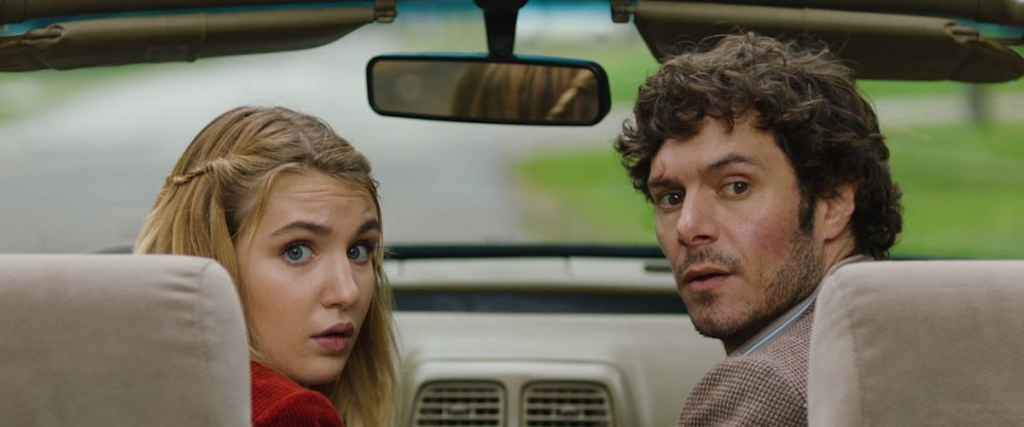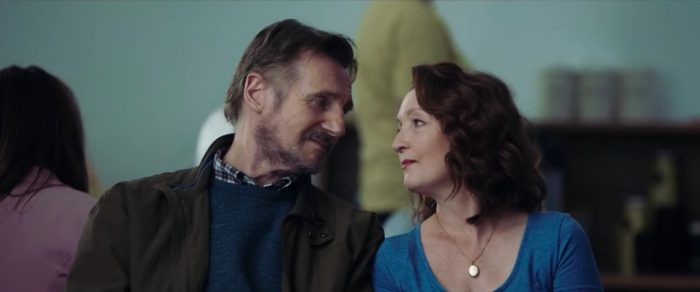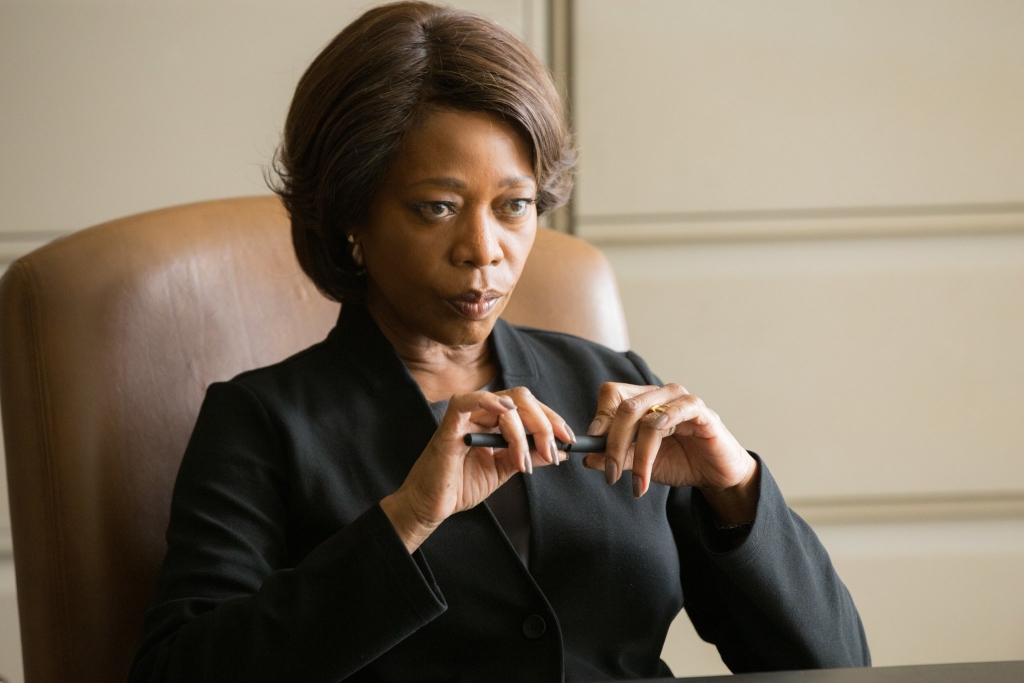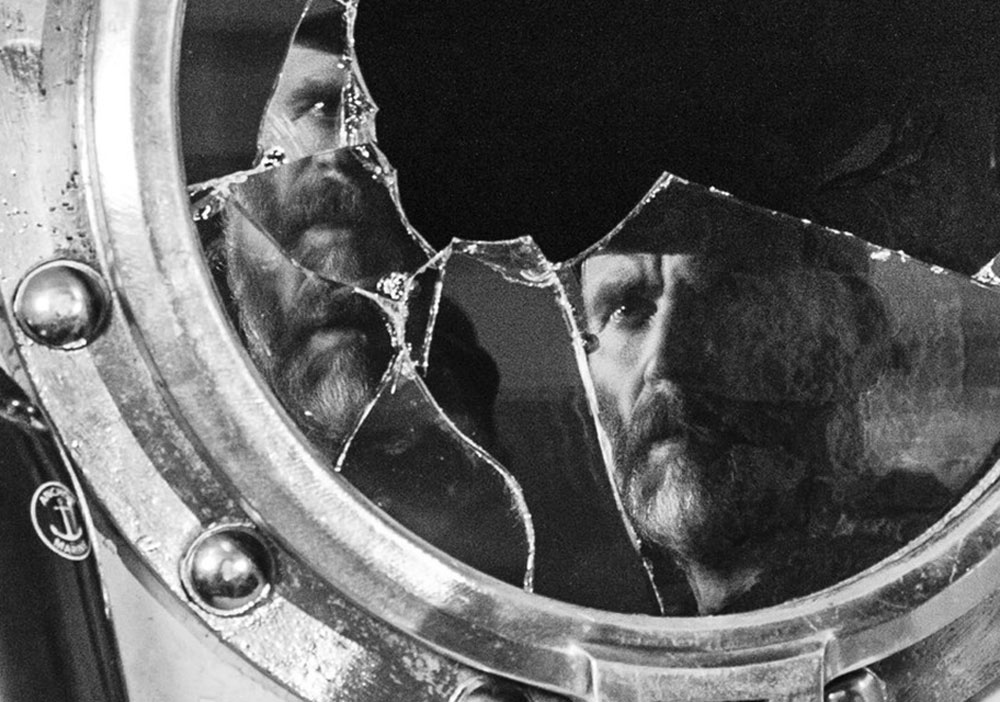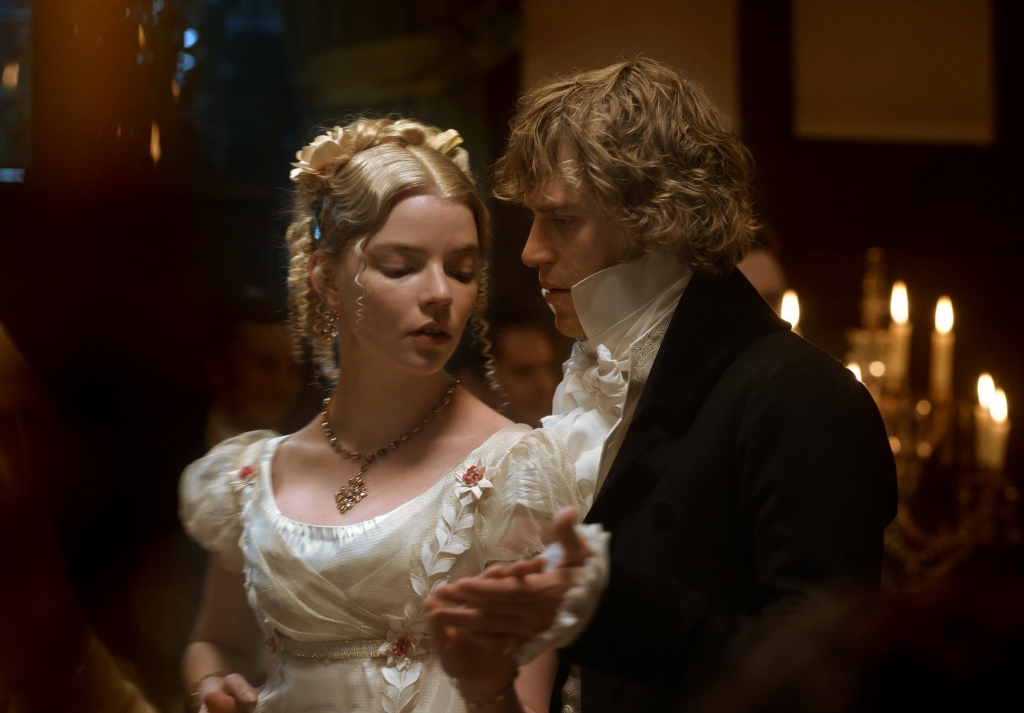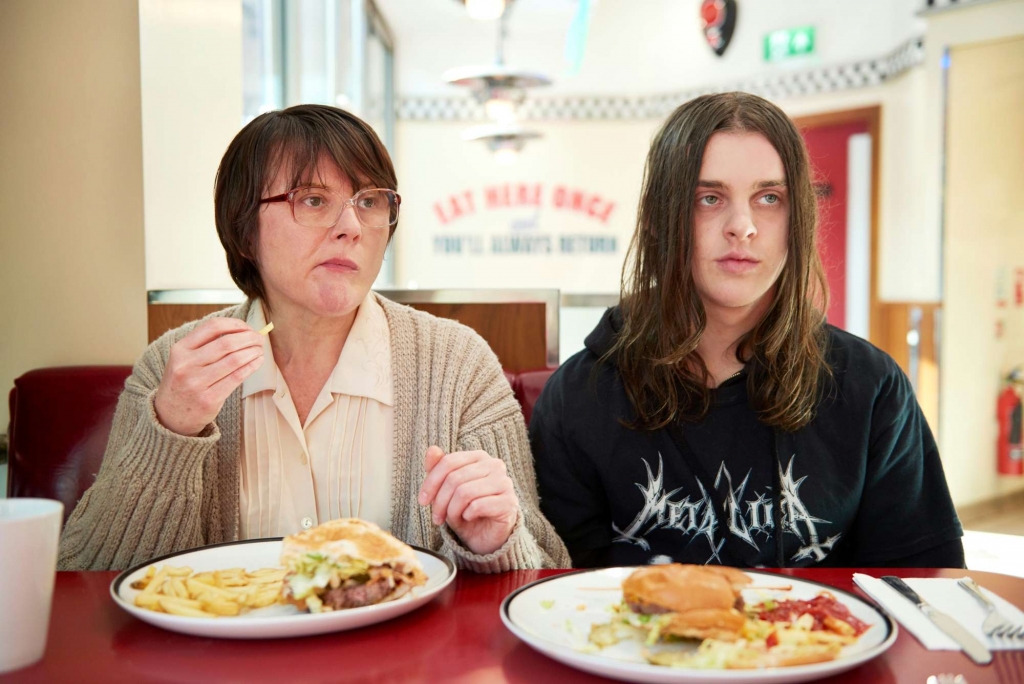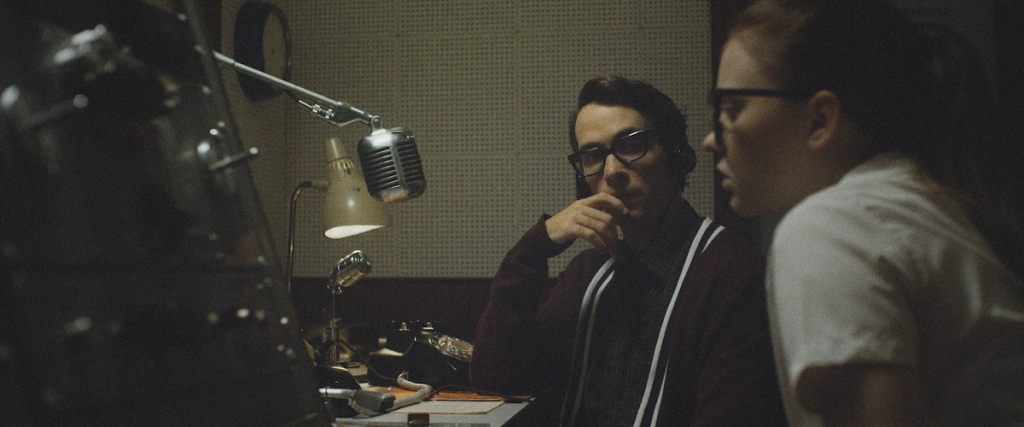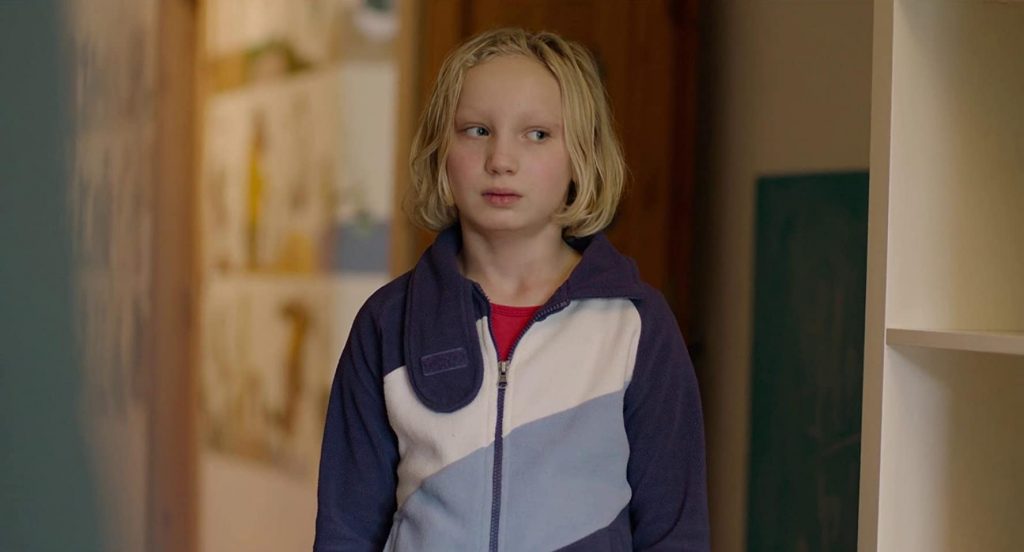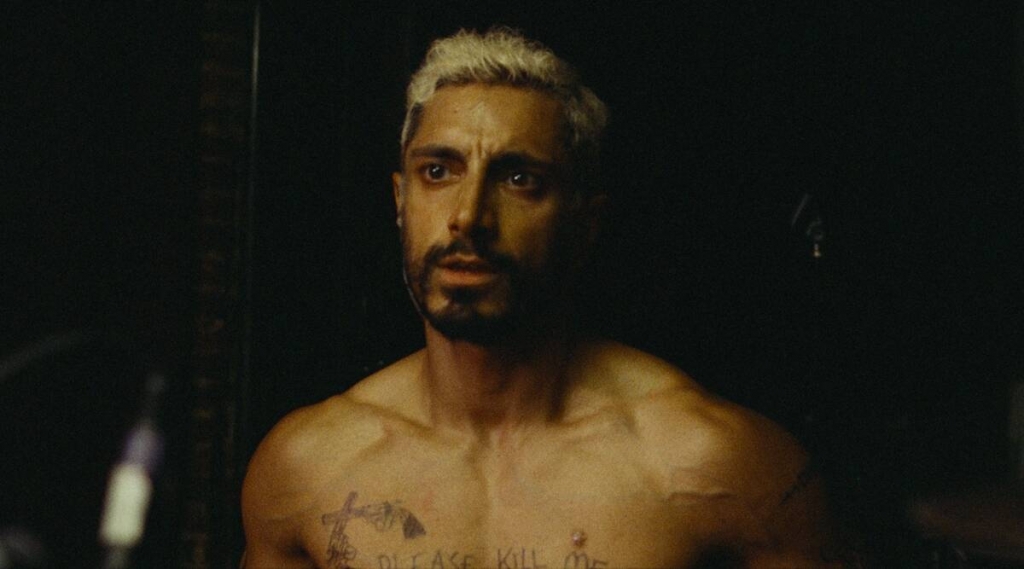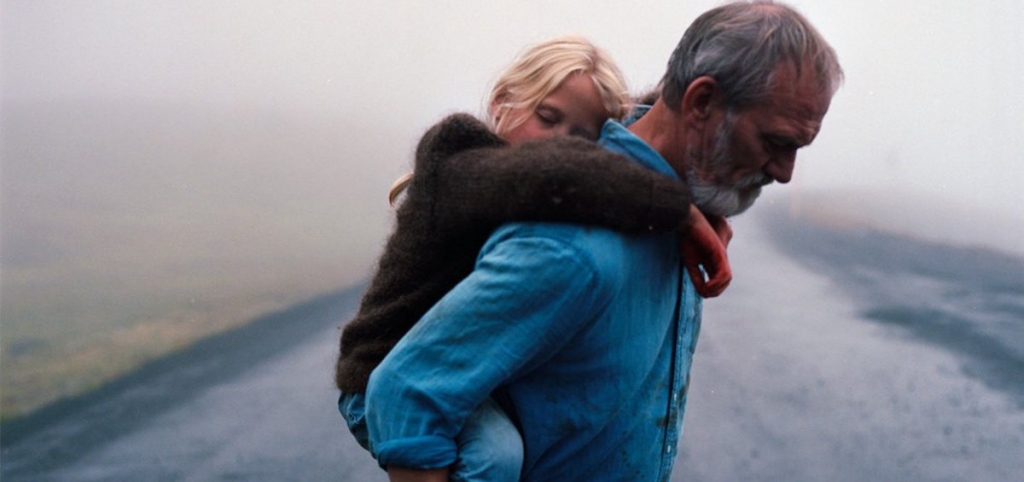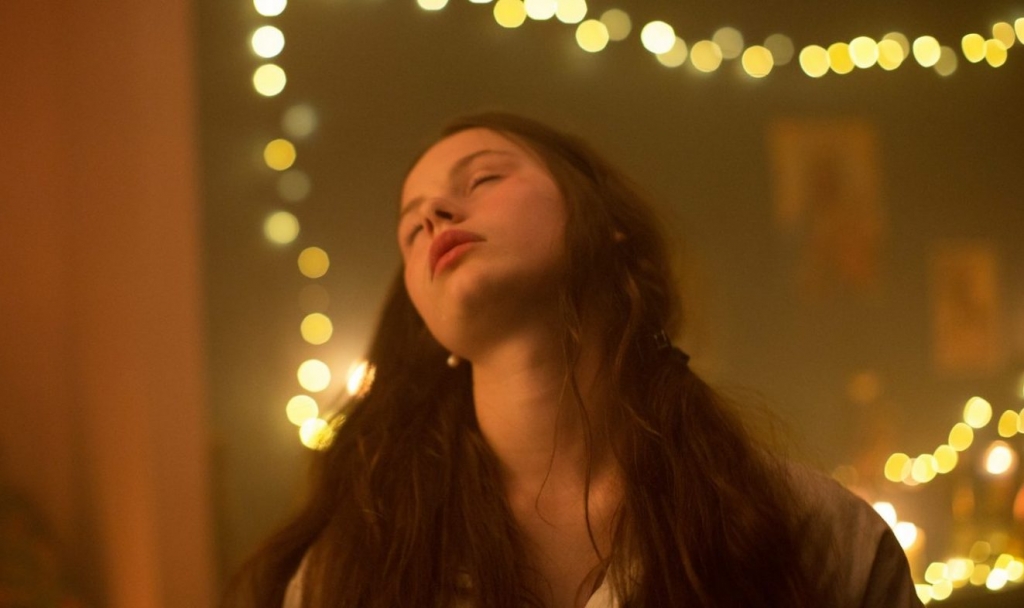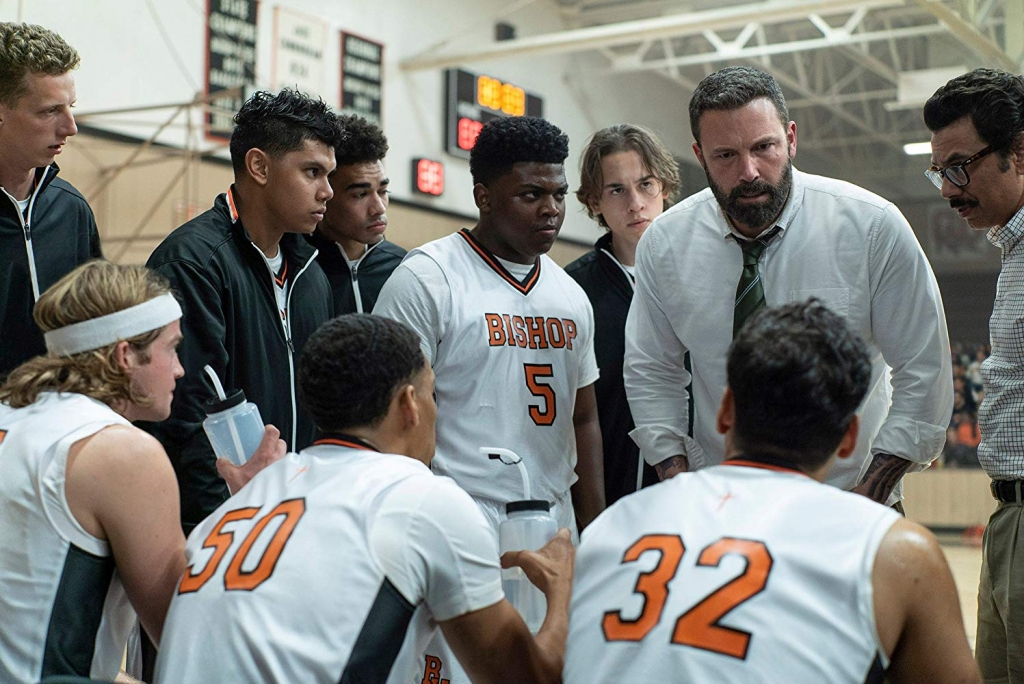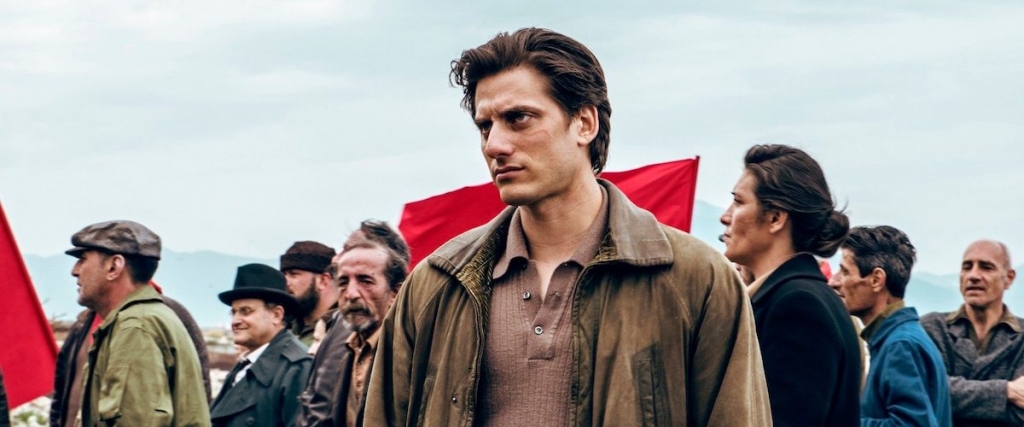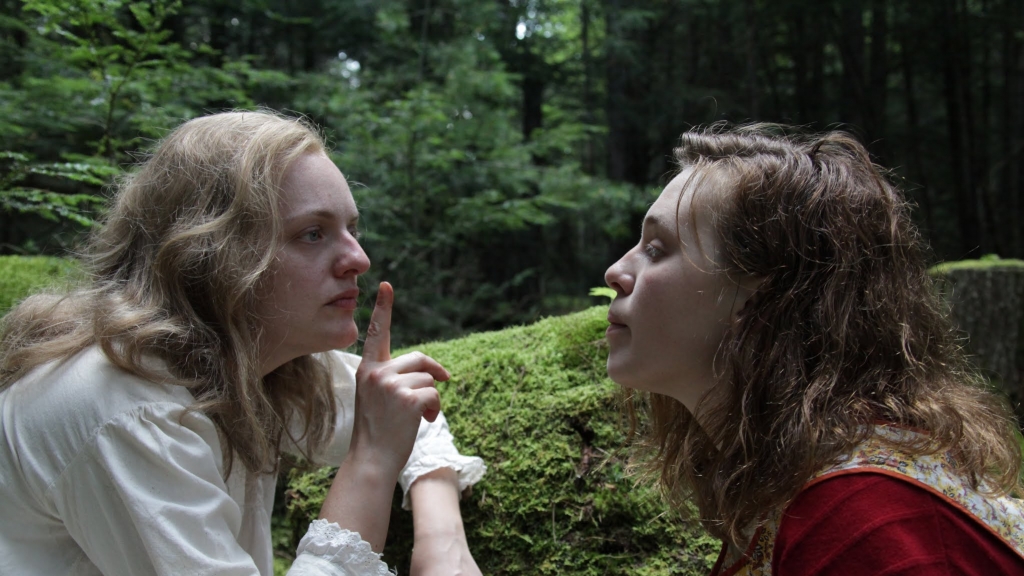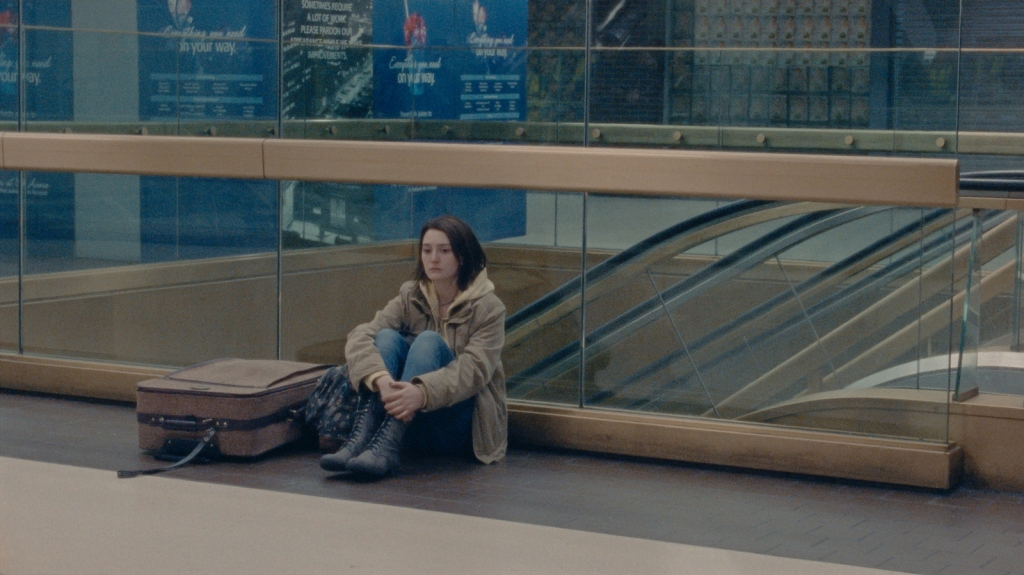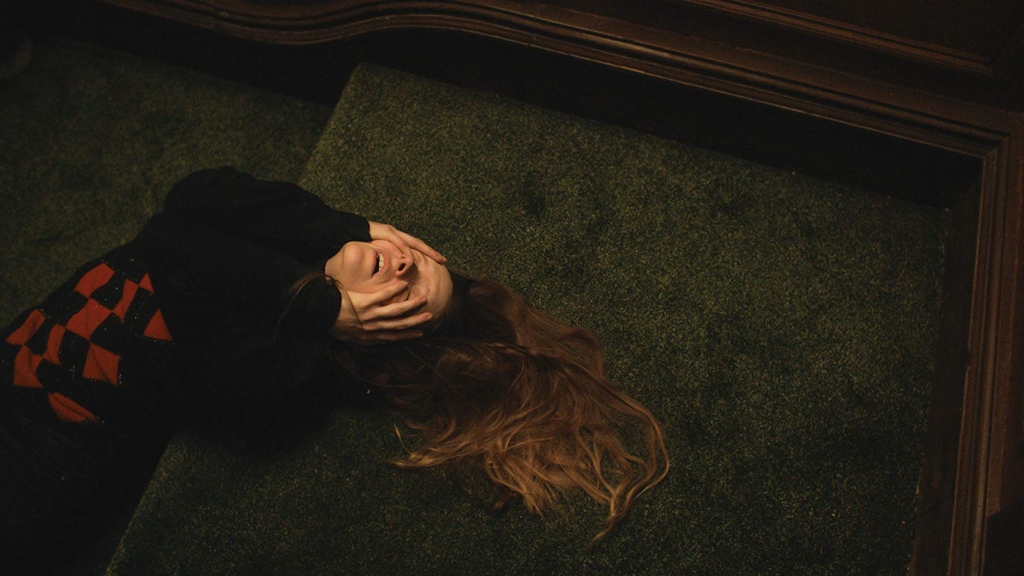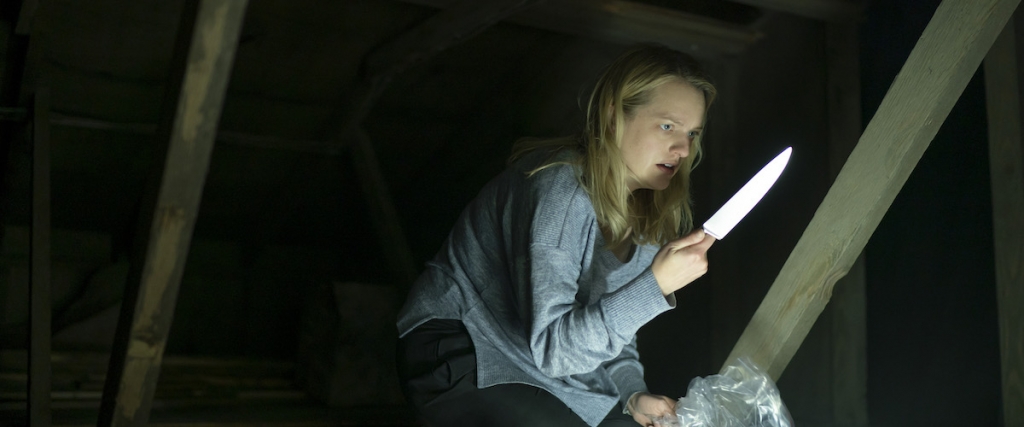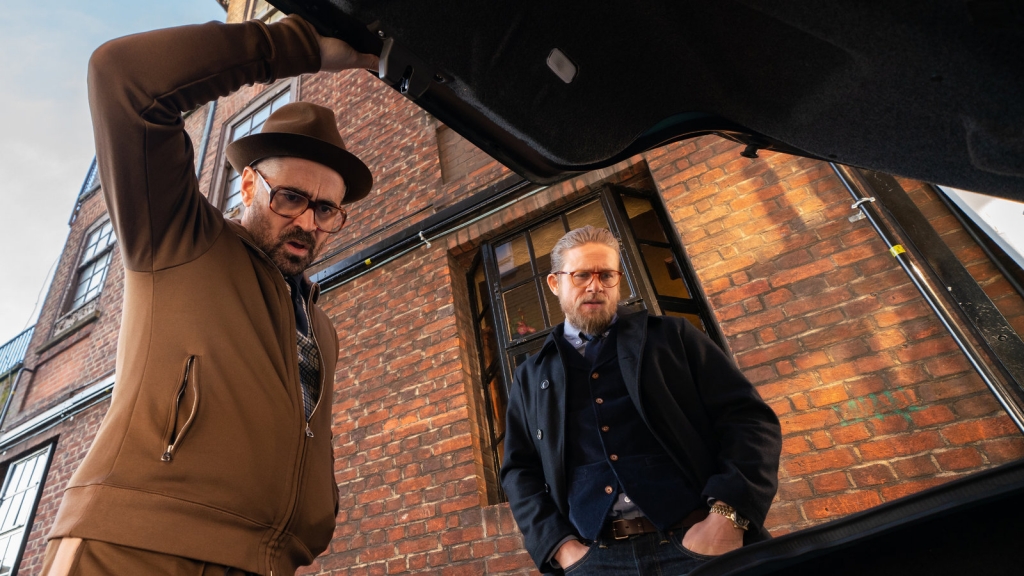“We know the administration won’t protect us”: Rocky cast members share their experience of the banlist removal
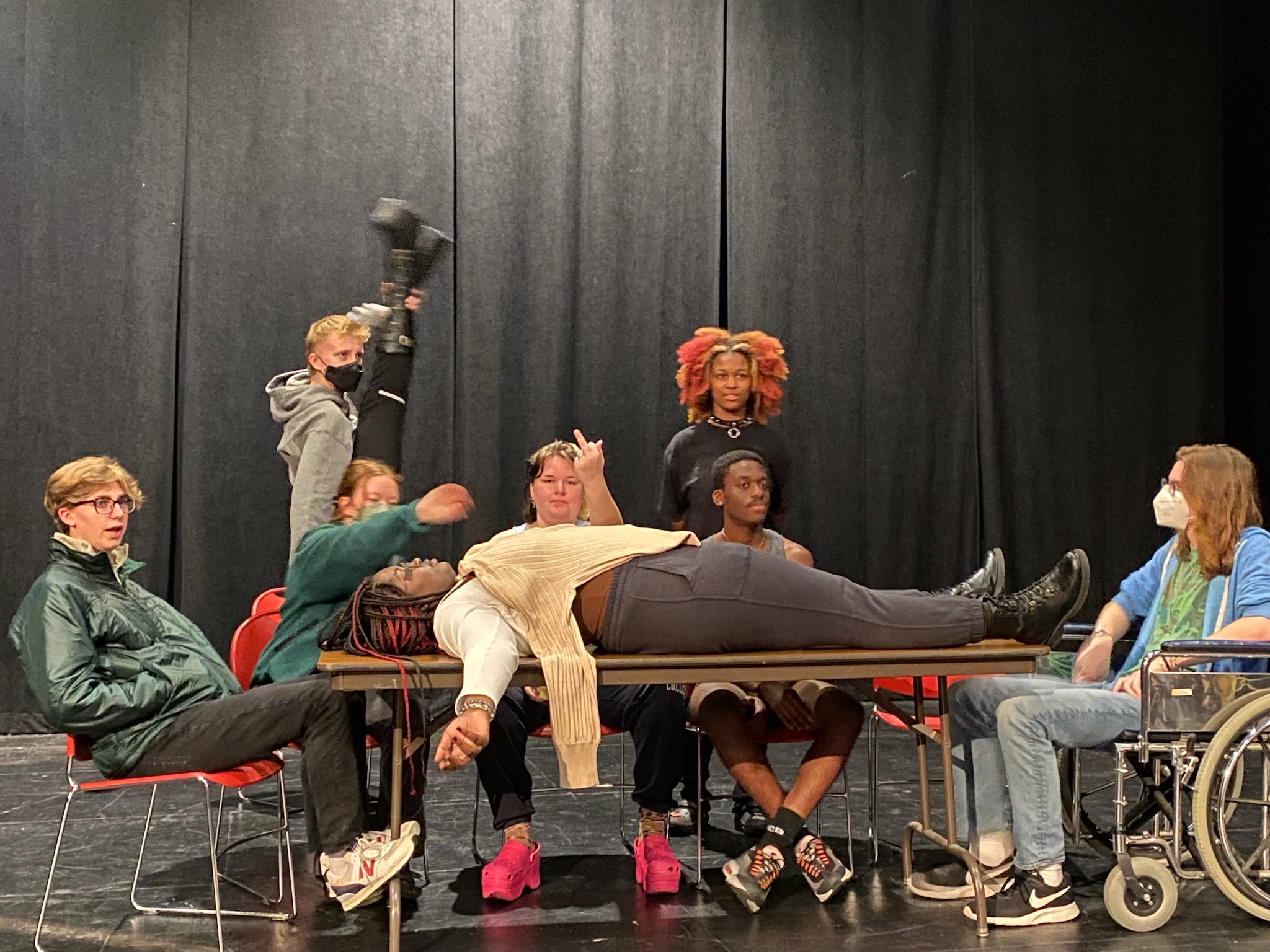
In the past, The Rocky Horror Picture Show was seen not only as a beloved Halloween theatrical production at Goucher, but also as a safe space for queer and sexual expression. In order to maintain this safe space, a banlist was put in place at the request of cast members to bar the entry of people with allegations of sexual assault or other problematic behaviors.
This year’s performance of Rocky came with news that shocked both the performers and the general student body. On October 26, two days before opening night, Senior Director Emily Ingalls ‘23 was notified of several administrative offices’ decisions to prohibit the banlist.
“I was stunned, I was speechless,” Ingalls recalled, “I didn’t even know what to do at that moment.”
Ingalls said she was the first student to find out about the decision, and was told by the Open Circle Theater Club’s faculty advisor, who had received emails from the Office of Student Engagement (OSE) and Campus Safety about the decision.
After speaking with multiple offices over the last month or so, the directors said they found out the banlist was first brought to those offices’ attention last school year.
Ingalls explained that since Rocky receives funds from Goucher, they are unable to turn away any Goucher students, therefore the banlist was ruled discriminatory by those offices. Ingalls and Halley Price ‘23, Senior Choreographer, said Campus Safety told them in a recent meeting that there was also concern over people on the banlist retaliating against Rocky cast members.
According to Ingalls, this all began following last year’s production when someone who was on the banlist went to OSE to complain that they were not allowed into the show. Thea Roland ‘23, who played Janet, said that to her understanding the individual who met with OSE was banned because one of the cast members had “beef” with them, meaning the list was misused.
The issue got “moved up in administration” and seemingly went unaddressed, until two days before opening night.
“It felt like they were backing us into a corner,” said Roland, “It felt intentional – I think it was intentional. They knew that they couldn’t experience backlash if they did it two days before.”
The short notice left the production team scrambling to figure out how to move forward. When Ingalls informed the cast, which is predominantly made up of female and/or queer-identifying students, who are at higher risk of sexual assault, she said people were crying, having panic attacks, or went outside to scream because they were in fear of who they may encounter in the audience.
During Rocky, which took place at Merrick Lecture Hall, performers typically wear revealing costumes, are in close proximity to the audience, and display bold acts of queer expression, putting them in a vulnerable position.
The directors said they gave performers the option to back out from the show and tried to come up with alternative measures of safety.
“They decided to go forward [with the show] and we were determined to support them in that,” Price said, “we came up with symbols, signs they could do in case they saw something but couldn’t communicate it with anyone immediately.”
Ingalls and Price asked the cast members to not tell anyone that the list was removed, with the hope that people who had been banned previously would assume they were still barred, and therefore would not attempt to come. Ultimately, word got out and the news of the banlist being revoked spread quickly through campus.
In addition to the list being dropped, the show’s previous policies of student bouncers being able to confiscate phones of those attempting to record the show, delete those recordings, and remove disruptive audience members were changed. This year, if a bouncer noticed someone violating the rules, they had to step out and alert the Campus Safety officer stationed outside, who would then come in and handle the situation.
Cast members expressed their discomfort with Campus Safety’s presence in the auditorium, as it was meant to be a student space. They also acknowledged that during the time elapsed between the bouncer stepping out and Campus Safety coming in, further incidents could occur.
Leila Malone ‘24 was slated to be an ensemble member, but switched to being a bouncer following the announcement of the banlist being removed.
“I felt safe in how I could control how people perceive me for my clothing,” Malone said of bouncing, “I also felt more comfortable in being able to see everybody and watch for… people breaking any rules.”
Roland believes that the banlist removal demonstrates a larger issue of administrative offices protecting abusers on Goucher’s campus.
“I can’t believe that the administration doesn’t see the banlist as a symbol of assault on campus,” said Roland, “they said that we were discriminating, yet the people on that list are discriminators. They discriminate on the basis of sex and gender, especially. They have taken advantage of people.”
“I think this was an action of [Goucher] protecting rapists and abusers on campus,” she stated.
“The people who auditioned… did it under the assumption that there would be a banlist so that they could create the safe environment that they needed to perform in that space,” said Malone, “and then all of a sudden, Goucher took that away from them.”
Cast members said they attempted to compromise with these offices, offering alternative safety measures such as phone checks, but felt their pitches were “belittled.”
“We had all these ideas about how to protect each other, but the ones we offered to administration, they shot down,” said Roland.
Roland, Ingalls, Price, and Malone all expressed that the recent turnovers in different offices may have also factored into the decision, as new staff members are unfamiliar with how Rocky has always been run.
“I already feel like this campus and administration doesn’t care about us [students] at all… particularly when it comes to the arts,” said Price, “But this was just turning the knife that was already stabbed in my back… it’s just wild.”
Closing night was on Halloween, which saw the largest turnout and highest number of incidents in the audience, according to Roland. Both cast and audience members noticed a large cisgender-heterosexual presence in the crowd at what is historically a queer space.
“That was the worst show,” said Price, “we were all so on edge and scared.”
Roland described an instance in which a leading cast member was serenading two male-presenting audience members who seemed “uncomfortable” and began “snickering and laughing” at the performer, causing them anxiety and distress.
“If you are uncomfortable with presentations of queer sexuality and gender, don’t come to Rocky,” Roland said.
Despite all the obstacles and harm caused to them, the cast came together and worked to keep each other safe by any means.
Ingalls said that she is hopeful that Rocky will continue in the future, but needs to have a banlist of some form. Price echoed this sentiment and said that the list provides a “blanket of security” to those exploring their identities through Rocky.
“40 plus people with all different perspectives on how this should happen came together and took care of each other,” said Roland of the cast’s unification, “We reacted the best that we could.”
Written by Amita Chatterjee ’23 and Dom McKinney ’23






